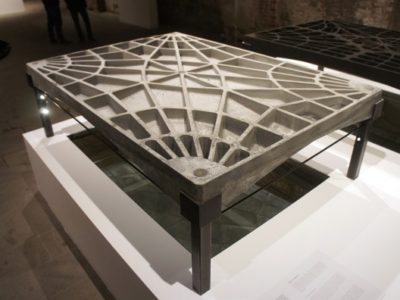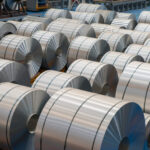The construction industry is expected to boom, with output expected to be 35% higher than from 2010 to 2020. And by 2060, the global building floor area is expected to double, which is the equivalent of adding an entire New York City to the world every month for 40 years.
Floors that account for more than 40% of the total mass of multi-story buildings, such as office buildings and apartments, are made of concrete. Cement is a main ingredient of concrete, and each year, more than 4 billion tonnes of cement are produced, accounting for around 8% of global CO2 emissions.
Cement is made from limestone and other materials heated in kilns at extremely high temperatures using electricity and fuel, typically coal. Carbon gases are emitted into the air from burning the fuel and from decarbonizing the limestone to create a key mineral component needed to produce cement.
The Block Research Group (BRG) at the Institute of Technology in Architecture at ETH Zürich invented floors that offer one solution by significantly reducing the amount of cement needed. The principles behind their floor slab design date back to Gothic cathedral construction. Masonry building techniques—relying on arches and the compressive strength of stones carved and stacked upon each other—have been used to build structures that can stand for centuries. This system was used in the construction of the HiLo unit of the Next Evolution Sustainable Building Technologies (NEST) platform in Dübendorf, Switzerland.
Block’s team applied the cathedral concept to their floor slabs, designing them to distribute the force of supporting weight to the corners—the places in buildings where beams would hold up floors. That eliminated the need for steel reinforcement. And that’s means that the concrete doesn’t need to be poured over steel rebar cages at the construction site. Instead, they are manufactured as individual prefabricated components. And eliminating the need for embedded steel reinforcement makes them easy to recycle because the steel and cement aren’t mixed together.
Block Research Group and Holcim are developing this floor system into a precast solution targeted for industrialized construction in 2023. Compared to traditional structures, their offering reduces material use by 50% and embodied CO2 by up to 80%. In addition, the ingenious floor slabs are made from Holcim’s ECOPact+ concrete that is comprised of 20% recycled construction and demolition waste.








